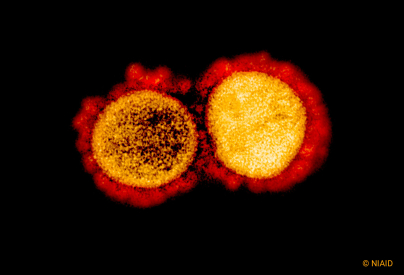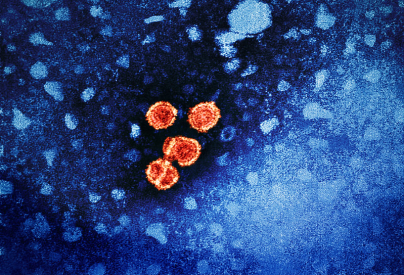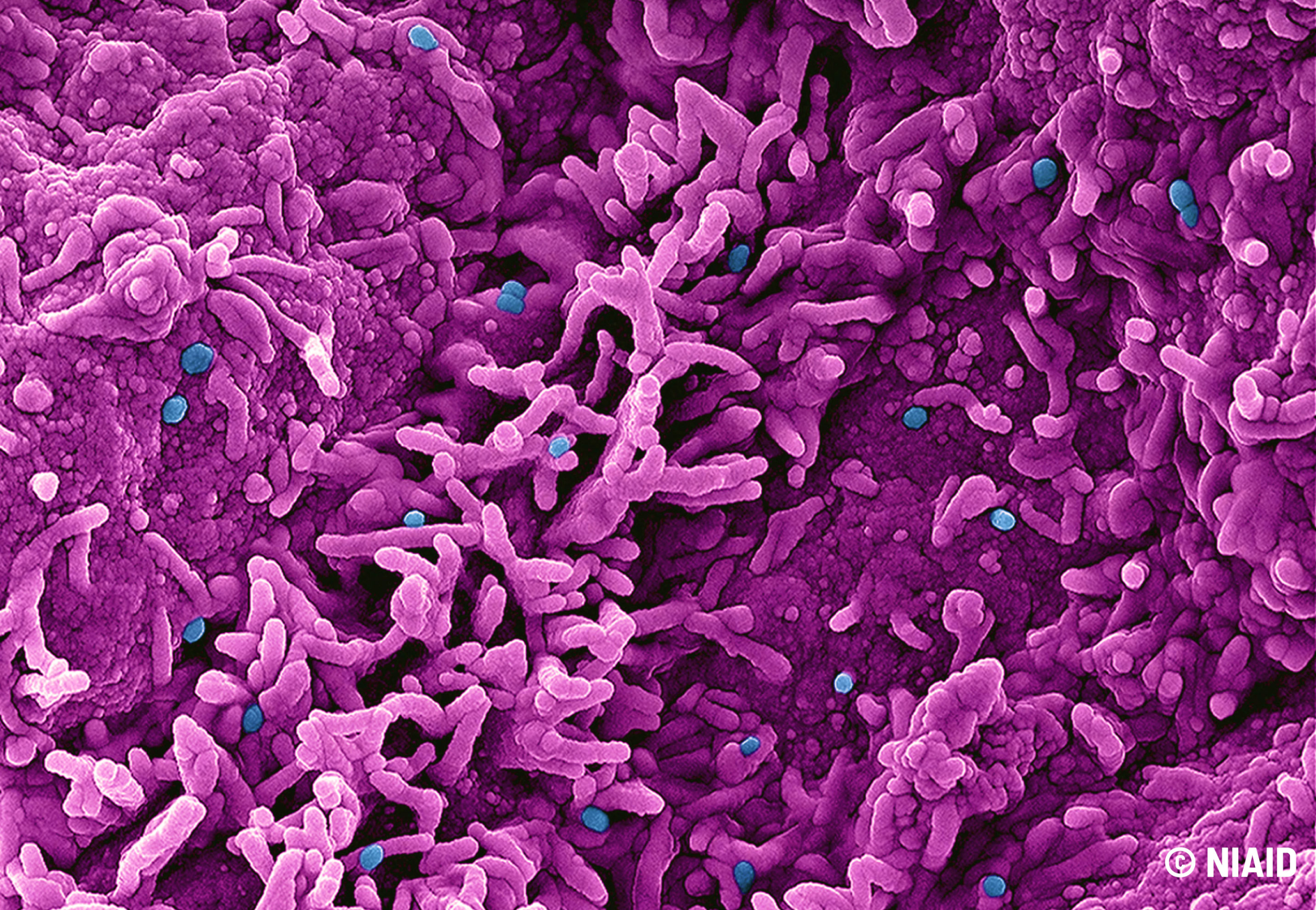Diseases and pathogens
The agency focuses on research into HIV/AIDS, viral hepatitis, sexually transmitted infections, tuberculosis and emerging infectious diseases (in particular viral haemorrhagic fevers, arboviruses and emerging respiratory infections, including Covid-19).
Last updated on 15 December 2023

Arboviruses
Arboviruses (arthropod-borne viruses) are transmitted to humans and/or other vertebrates by certain types of blood-feeding arthropods (mosquitoes, ticks, sandflies and midges). They transmit the pathogen during their blood meal, after having bitten an infected person or animal. Dengue, Zika and…

COVID-19
Having appeared in Wuhan, central China, in December 2019, the SARS-CoV-2 coronavirus spread throughout the world very quickly.

Viral haemorrhagic fevers
Viral haemorrhagic fevers (VHFs) include various diseases (Ebola, Lassa fever, Marburg fever, Crimean-Congo fever, etc)

Viral hepatitis
Viral hepatitis is inflammation of the liver caused by any of the viruses A, B, C, D and E

Sexually transmitted infections (STIs)
The majority of sexually transmitted infections (STIs) are caused by bacteria or parasites.

Mpox
Mpox, formerly known as monkeypox, has been circulating for decades in West and Central Africa.

Tuberculosis
Tuberculosis is one of the deadliest infectious diseases. Every day, around 28 000 people contract it and over 4 100 people die from it, according to the WHO.

HIV
The human immunodeficiency virus (HIV), which causes AIDS, affects around 38 million people worldwide, according to the WHO.
